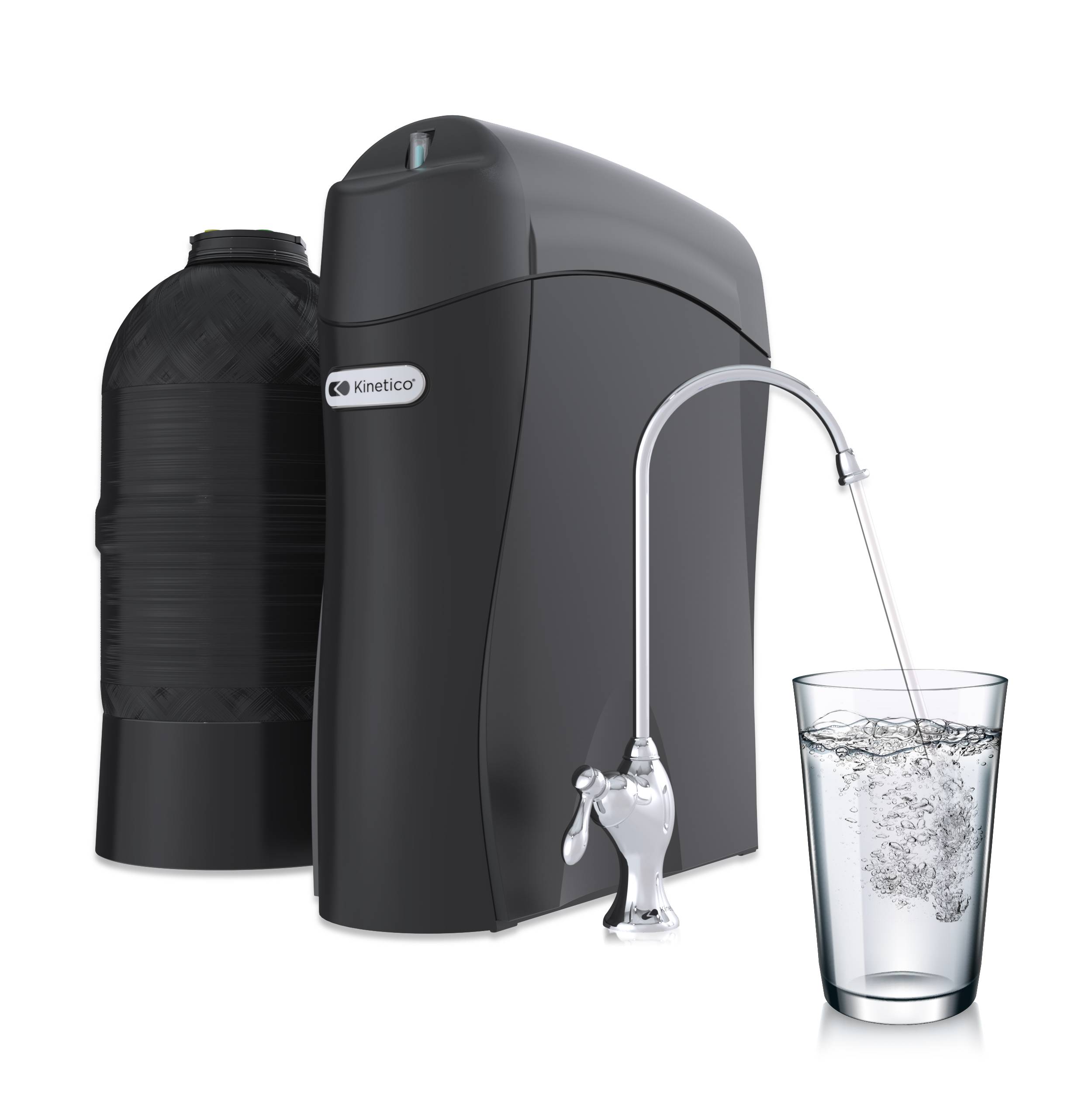More than 90% of the population in the United States relies on community water systems. Despite being deemed one of the safest water sources globally, there is still a possibility of contamination. This is where the role of water filtration comes in.
In this blog, we will explore how water filtration works to remove impurities from water.
Water filtration is the process of removing impurities from the city or well water. It can be achieved by passing water through a physical barrier, chemical process, or biological method.
The impurities can include unwanted metal ions, chemicals, bacteria, and other harmful substances.
Various methods of water filtration have their unique set of advantages and disadvantages.
Reverse Osmosis
It is a popular method for removing common impurities from water. This method uses a semipermeable membrane to filter out particles and ions. The membrane allows water molecules to pass through while trapping larger substances.
It works by creating a pressure gradient between two solutions. Water flows from the solution with a lower concentration of solutes to the solution with a higher concentration. The pressure gradient forces the water to pass through the membrane. Thus, leaving behind impurities.
Reverse osmosis is effective in removing excess minerals, bacteria, and metal ions from water.
However, it can be wasteful as a significant amount of water is required to flush out the impurities.
Activated Carbon Filtration
If your water contains high amounts of chlorine or organic compounds, activated carbon filtration is a suitable method. The activated carbon acts as a sponge and absorbs these impurities from the water.
The carbon is heated to very high temperatures. This creates pores and crevices that increase the surface area. When water passes through the activated carbon, the impurities are trapped in these crevices.
However, this water filtration technique is less effective in removing minerals, bacteria, and viruses.
Distillation
Distillation is a water filtration technique that involves boiling water and condensing the steam back into liquid form. The impurities are left behind in the flask as the water evaporates. The steam is then cooled and condensed back into liquid form.
One of the disadvantages is, the distillation process is less energy-efficient. It requires a significant amount of energy to boil the water.
UV Filtration
It is a method of water filtration that uses ultraviolet light to microbes. The UV light damages the DNA of the bacteria and viruses, rendering them unable to reproduce.
UV filtration works by passing water through a chamber where it is exposed to UV light. The UV light kills the living contaminants, leaving behind clean water.
This method serves well when it comes to microbial contamination. However, it is not very effective in removing other impurities such as minerals and chemicals.
Ceramic Filtration
Ceramic filtration uses a porous ceramic filter to remove impurities from water. It contains small pores that trap impurities as the water passes through.
Ceramic filtration works by creating a large surface area for filtration. The pore size is tiny enough to trap bacteria but large enough to allow water to pass through.
It is affordable and easy to use, making it a preferred choice in areas with limited access to clean drinking water.
Kinetico offers a range of solutions for water filtration in Orlando, FL. We are an authorized Kinetico dealer serving Florida.
Our committed water experts are ready to assist you with your water-related concerns. They will help you choose the appropriate water treatment solutions that fit your requirements. Contact us to learn more about Kinetico water filtration in Orlando, FL!



